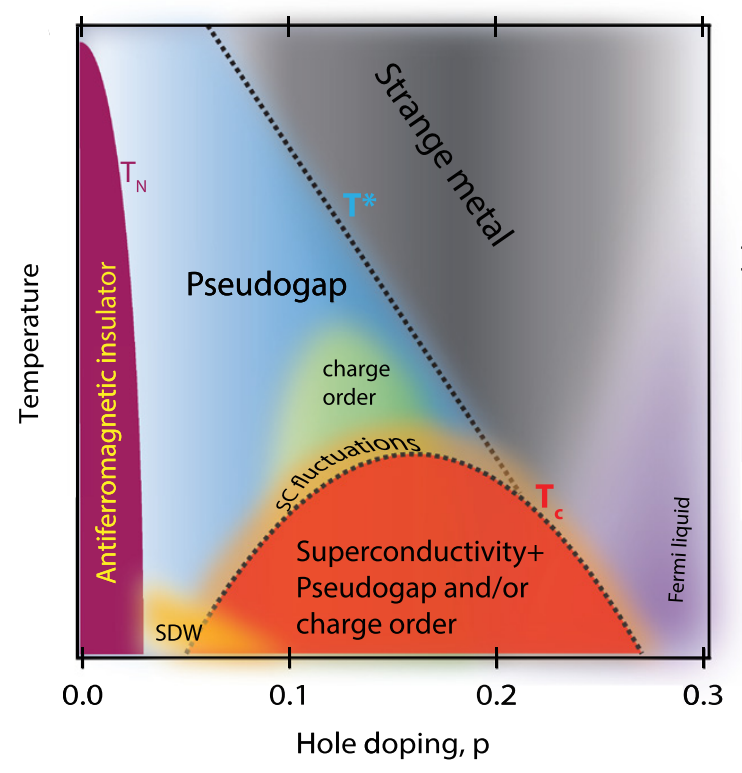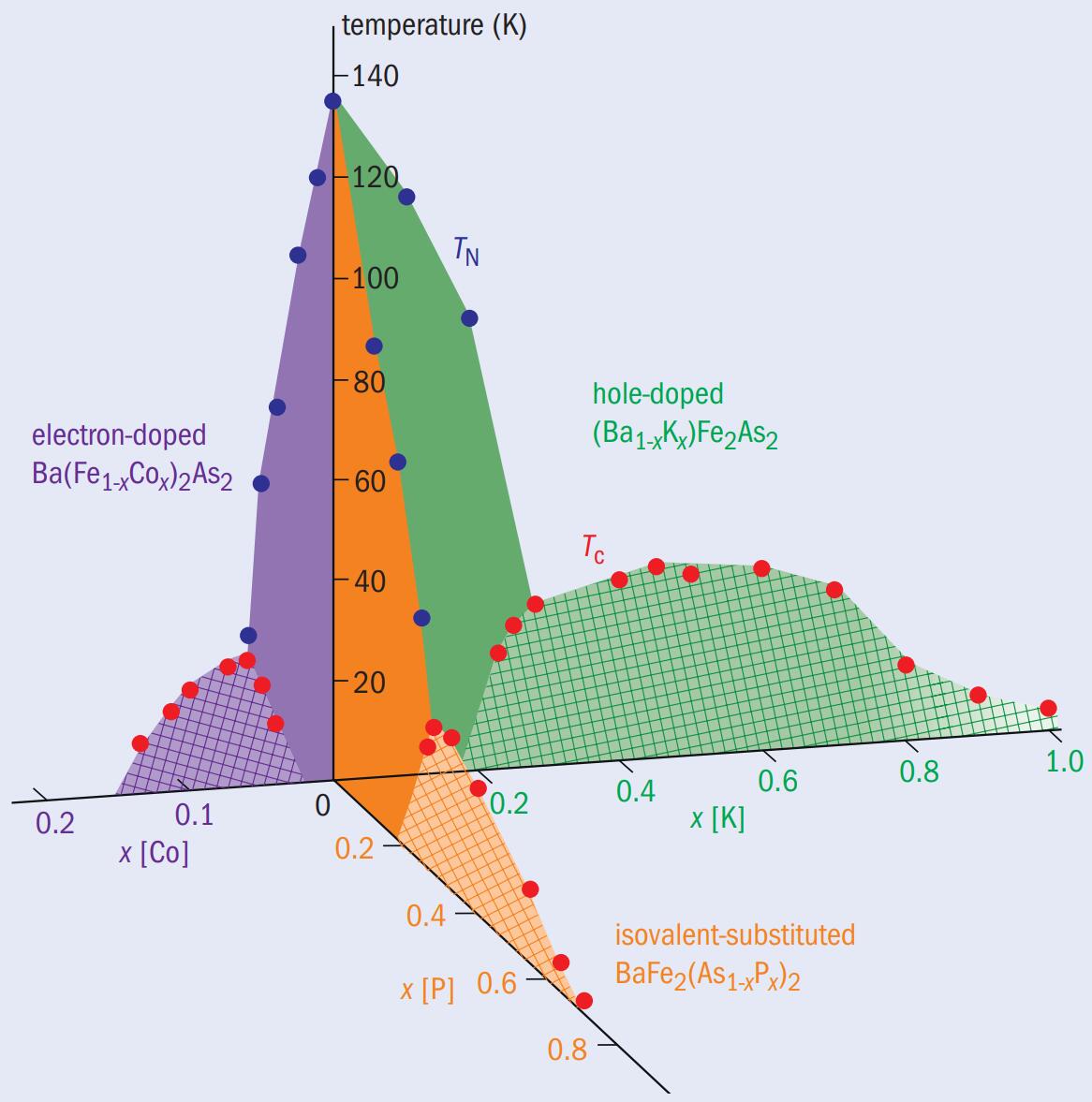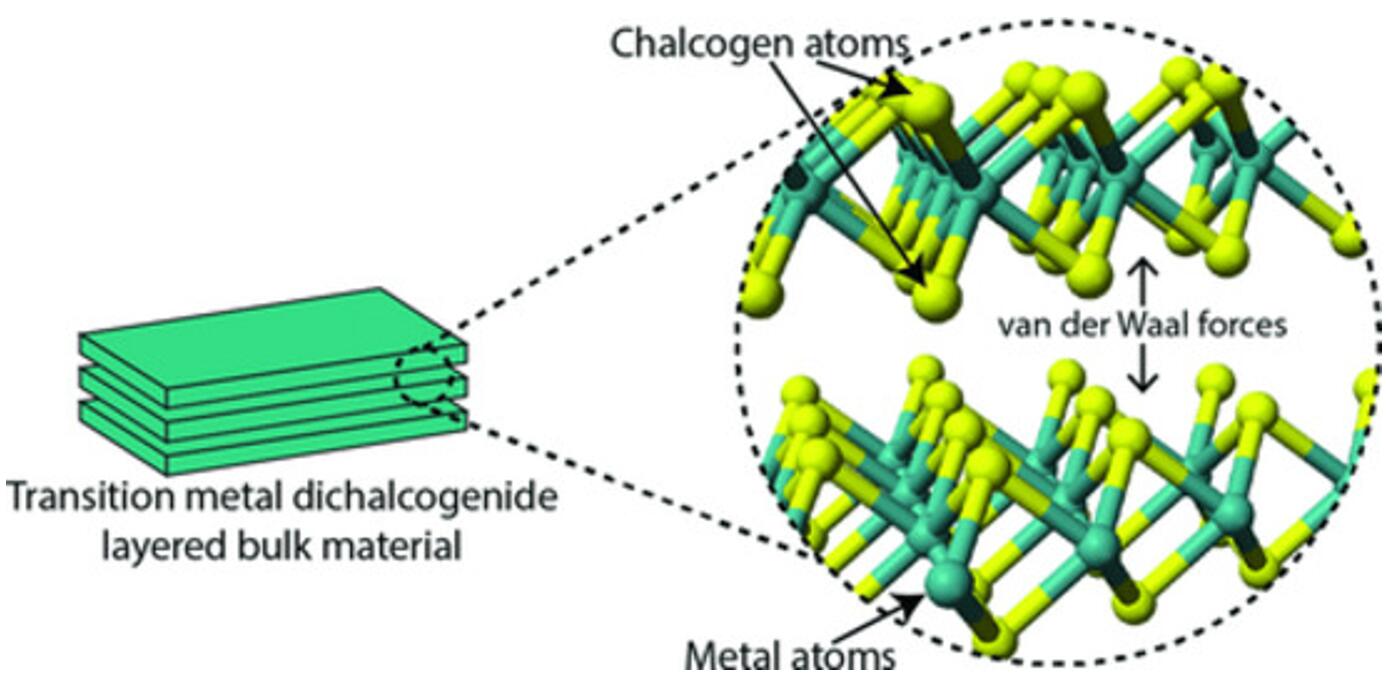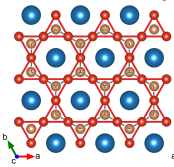Research
Cuprate Superconductors

1. Fermi surface reconstruction in NCCO- 2. Electronic supermodulation in YBCO
- 3. Coexistence of two sharp-mode couplings in Bi2212
I. M. Vishik. Rep. Prog. Phys. 81, 062501 (2018)
The cuprate high-Tc superconductors have inspired intense research interest since their discovery in 1986. A wealth of advances, including the synthesis of high-quality samples, innovations in experimental techniques and the development of theoretical models have been motivated by the research in cuprates. These advances, in turn, have deepened our understanding of the cuprates system. However, a unified understanding of the cuprate superconductors, including both the superconducting mechanism and the normal state properties, remains to be reached. Our previous highlights in cuprates are summarized below:
Iron-based Superconductors

- 3.Interface enhanced 2D high Tc superconductors - FeSe/STO
- 4.Single-layer FeSe/STO film
Hideo Aoki and Hideo Hosono. Phys. World 28 (2), 31 (2015)
The discovery of superconductivity in iron pnictides in 2008 ignited an explosion of research activities that uncovered a new family of high-Tc superconductors. As the second player in the field of high-Tc superconductivity, iron-based superconductors have already demonstrated a complexity comparable to that of the cuprates. They also provide us with a second route to explore the mechanism of high-Tc superconductivity. Summaries of our previous highlights in iron-based superconductors are shown below:
1. Insulator–superconductor crossover in single-layer FeSe/SrTiO3 films
2.Dichotomy of the electronic structure and superconductivity between single-layer and double-layer FeSe/SrTiO3 films
Iridates
Perovskite iridates represent the 5d-electron counterpart of cuprates, in which the cooperation of spin-orbit coupling and Coulomb interactions gives rise to a Mott insulating state. Many exotic quantum phenomena appear when the spin-orbit-coupled Mott insulators are doped with carriers. Summaries of our previous highlights in iridates can be found below:
1. Electron-boson coupling in electron-doped Sr2IrO4
2. Negative electronic compressibility in (Sr1-xLax)3Ir2O7
3. Fermi arcs vs. Fermi pockets in (Sr1-xLax)3Ir2O7
B. J. Kim et al., Phys. Rev. Lett. 101, 076402 (2008)
Transition Metal Dichalcogenides
Transition-metal dichalcogenides (TMDs) are a class of layered crystals consisting of chalcogen - transition-metal - chalcogen sandwiches. They initiated the popularization of the concept of charge density wave (CDW), whose origin in these quasi-2D materials is yet to be confirmed. Besides, the coexistence of superconductivity and CDW in many TMDs also provides us a platform to explore the relationship between these ground states. Recently, the Moire-pattern effect in TMDs paves a new avenue for the research of strongly-correlated electron systems along with novel quantum phenomena.
E.P. Nguyen et al., Curr. Protoc. Chem. Biol. 8:97-108 (2016)
Kagome
Kagome metal has become an important platform to study the interplay among electron correlation, band topology and lattice geometry. Its unique lattice structure formed by corner-sharing triangles exhibits Dirac cones, Van Hove singularities and electronic flat band, which may induce exotic topological quantum phenomena such as charge density wave and unconventional superconductivity. The recent discovered quasi two-dimensional layered Kagome superconductor displays three-dimensional charge order, nematic order, pairing density wave and Z2 topological surface state which has attracted a lot of research interest. Our previous highlights in Kagome metal are listed below:
1. Realizing Kagome Band Structure in Surface States of RV6Sn6 (R = Gd, Ho)
2. Topological surface states and flat bands in CsV3Sb5
3. Electronic states dressed by an out-of-plane supermodulation in CsV3Sb5
B. R. Ortiz et al., Phys. Rev. Lett. 125, 247002 (2020)

